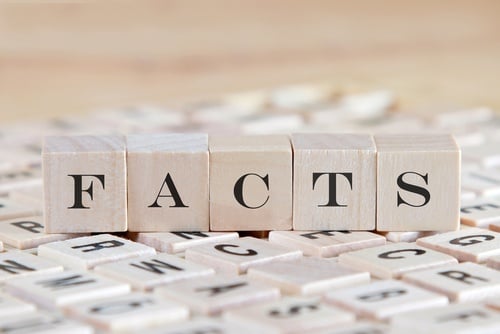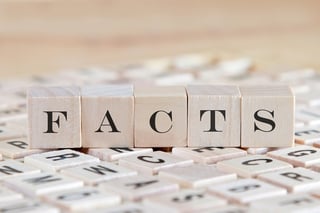18.02.2021
Conflict Minerals Quick Facts


What - “Conflict Minerals” refers to tantalum, tin, tungsten, and gold mined in or near the Democratic Republic of Congo. The 2010 Dodd-Frank Act requires publicly traded companies regulated by the SEC to do two things:
1) Determine if their products contain conflict minerals originating in the Congo, and
2) If a company determines it uses conflict minerals originating in the Congo, it must file a Conflict Minerals Report and have it audited by an independent third party.
Continue reading after the break for a deeper look at conflict minerals, as well as an in-depth study from Ernst & Young.
Who - All companies regulated by the SEC, including all publicly traded companies. But the audit will also impact non-SEC-regulated private companies as they will be required to meet the needs of their customers who are SEC-regulated. The IPC estimates over 195,000 businesses will be subject to some level of traceability audit effort.
When - Regulated companies must report annually no later than May 31. The first year the regulation takes effect is 2013, so the first reports are due May 31, 2014. Non-regulated companies will only need to respond to the requestsfrom their customers and can wait to hear from them.
Why - To reduce human rights abuses and armed conflict in the Congo driven by lucrative mineral deposits.
For more information - A more detailed review is available in Ernst & Young’s excellent summary. The IPC will be holding one-day Conflict Mineral Workshops around the country to provide an even more in-depth understanding.
This post originally appeared on the DigiSource Blog


